Tag: Deep learning
-
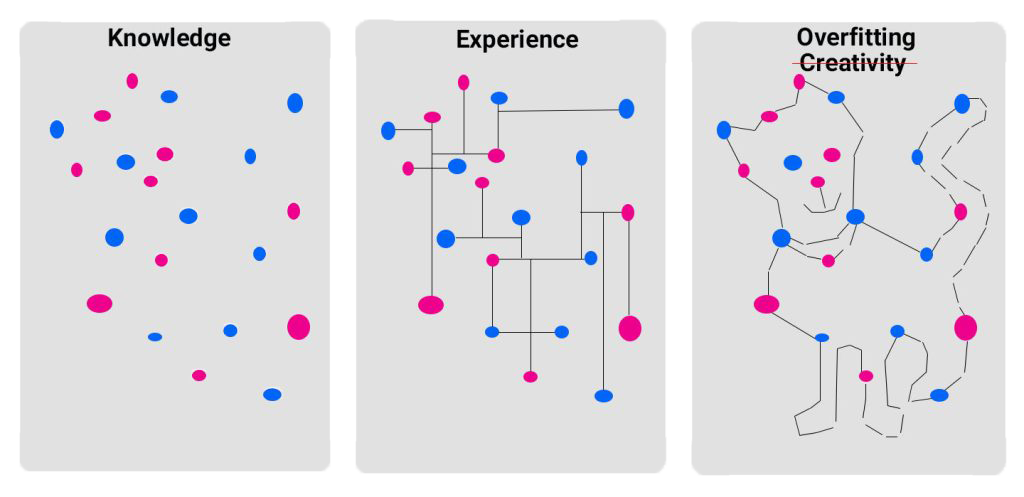
Various Types of Regularization
Regularization is a technique used in Machine Learning and Deep Learning models to prevent overfitting. This paper introduces L1, L2, and dropout regularization methods.
-
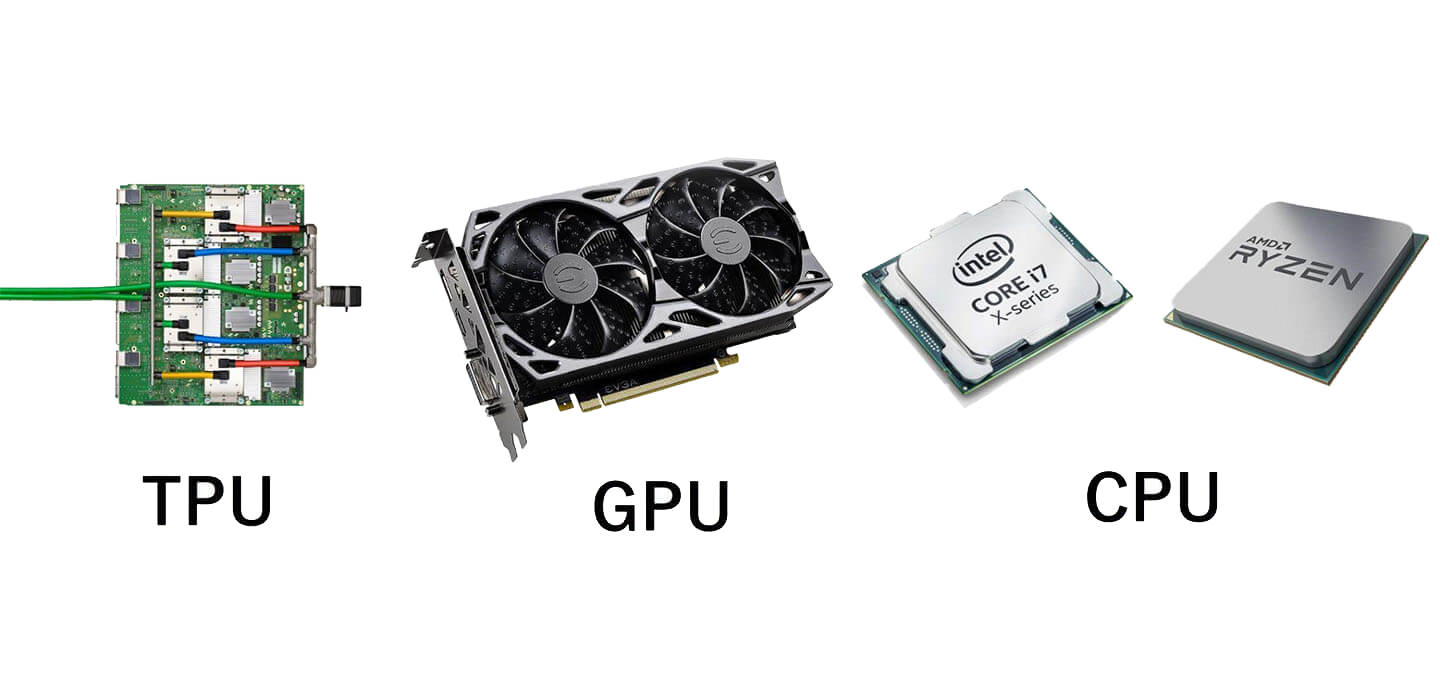
TPU, GPU, CPU: Which Is Better for Deep Learning?
In this paper, we compare the performance of CPU, GPU, and TPU processors to see which one is better suited to deep learning.
-
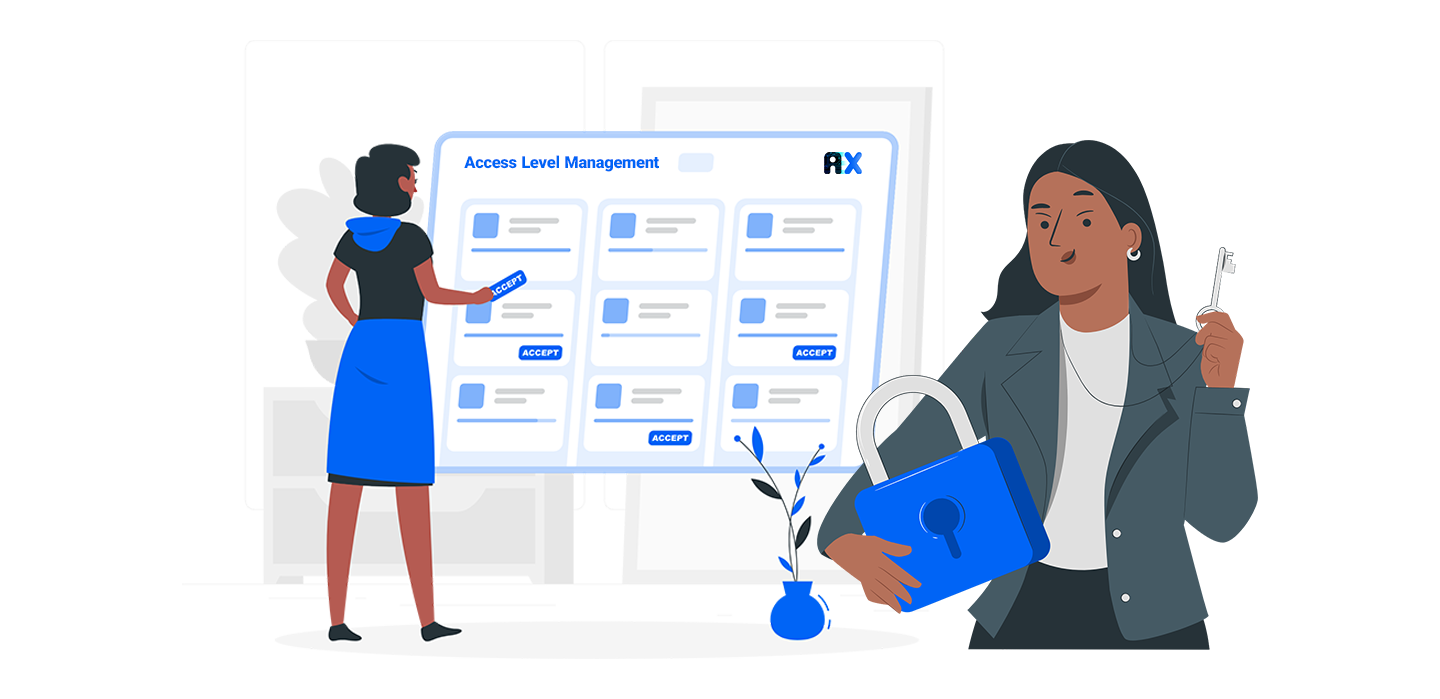
Organizations, Members & Access Level Management on the AIEX Platform
Training a highly accurate computer vision model requires many carefully annotated images. Data gathering and annotation take time and might often prove to be hard. As the saying goes, nothing is particularly hard if you divide it into small jobs (and assign it to a team of people). This chapter details the teamwork tools implemented…
-

Trauma Detection on Pelvic Radiographs using Computer Vision Algorithms
A timely and accurate diagnosis of the proximal femur and pelvis injuries in trauma patients is essential to saving their lives. High-quality clinical trauma care and treatment require both physician experience and radiography images. A multiscale deep learning algorithm called PelviXNet has been developed to rapidly and accurately detect most kinds of pelvic and hip…
-
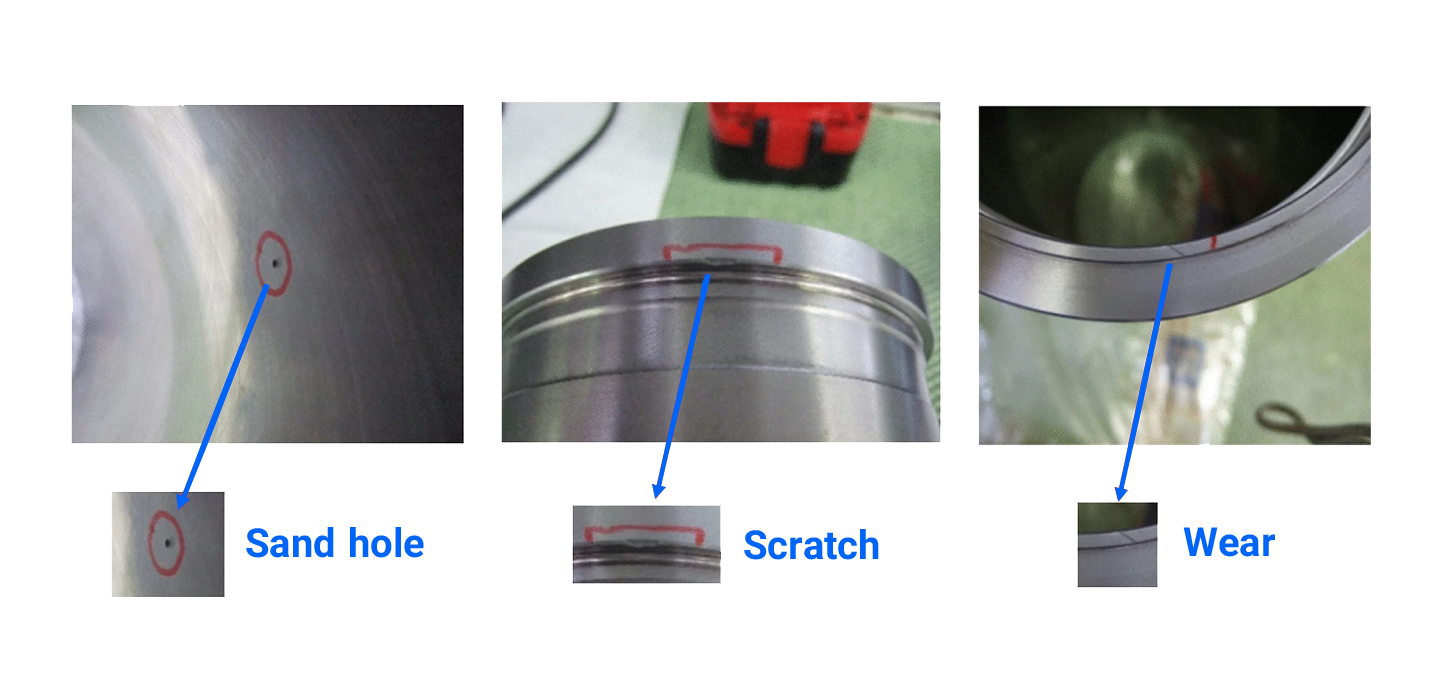
Intelligent Defect Detection in Metal Parts using Optical System for Industry 4.0 Manufacturing
Detecting and classifying aesthetic defects in different sizes, shapes, and positions immediately after the casting process is an essential task for the quality control unit. In this paper, we introduce a simple, low-cost, and efficient optical system powered by deep learning models to quickly, accurately, and automatically identify and classify casting defects.
-

Classify Broken and Normal Bones in X-ray Images using deep learning
Nowadays with the help of computer vision technology and image processing we can classify broken and normal bone X-ray images with high accuracy. In this article, we will discuss the Deep Learning approach for this purpose.
-
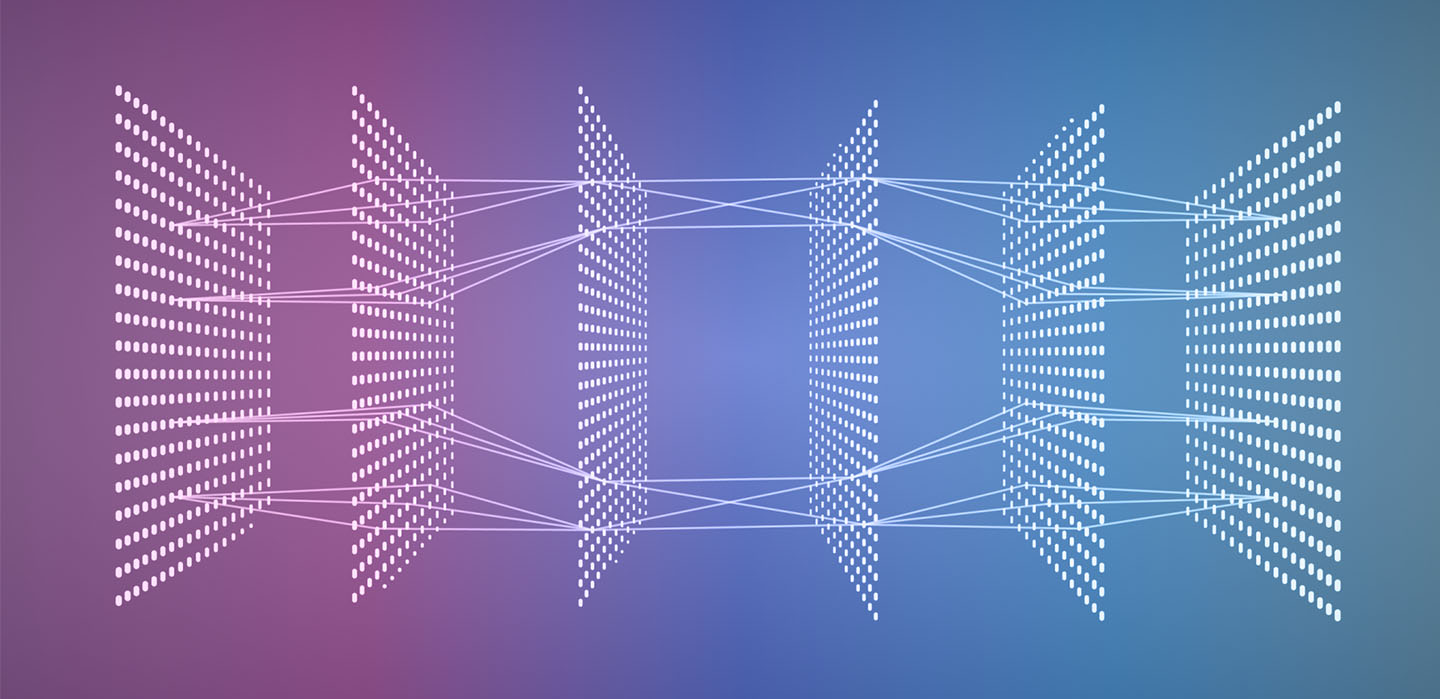
How Backbone Works
Backbone is a network that extracts a feature map of the input image , the map is then utilized by the rest of the network. The purpose of this paper is to introduce the concept of backbone and how it fits in the AIEX platform.
-
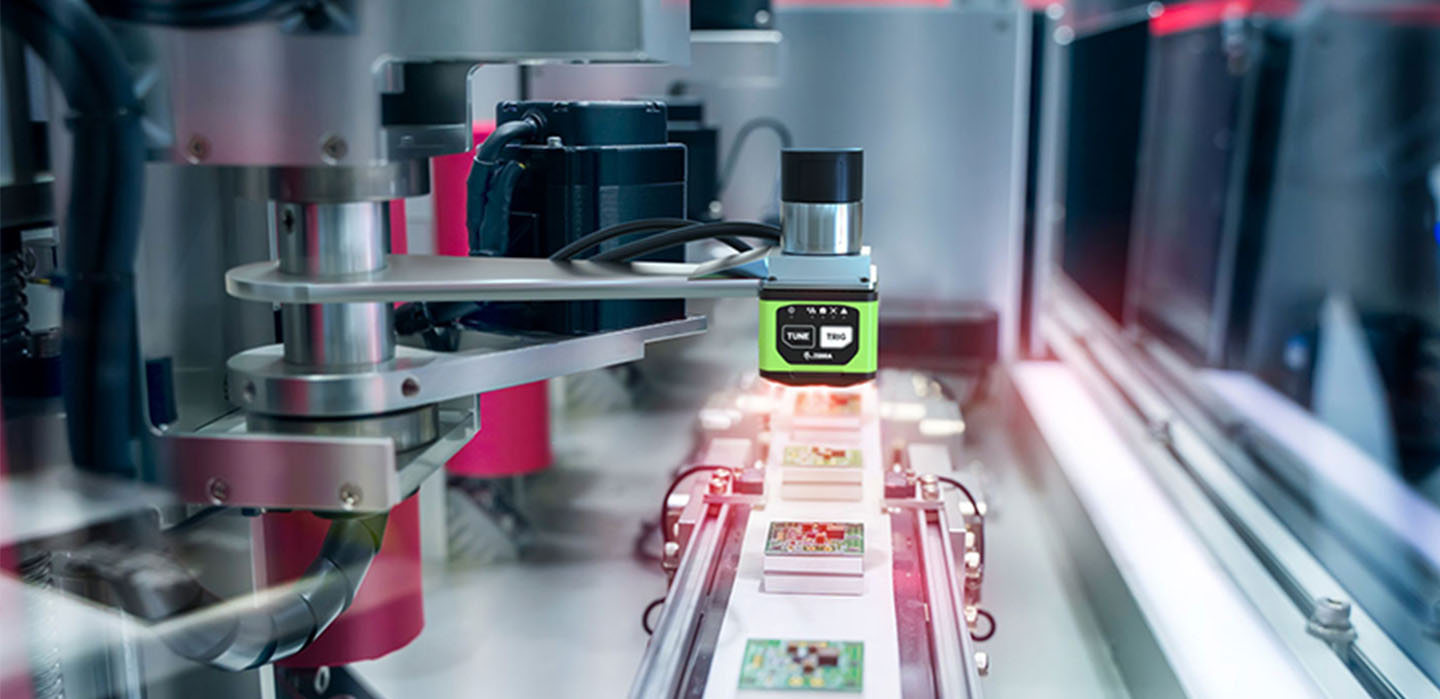
The printing industry is joining the 4.0th industrial revolution. Spring is coming!
Deep Learning algorithms were used to automate the quality control of printing processes. The developed model can automatically classify and detect some printing defects with an accuracy rate of 98.4%. This approach makes it easier to persuade business leaders to think of deep architecture as a possible solution for their challenges.
-
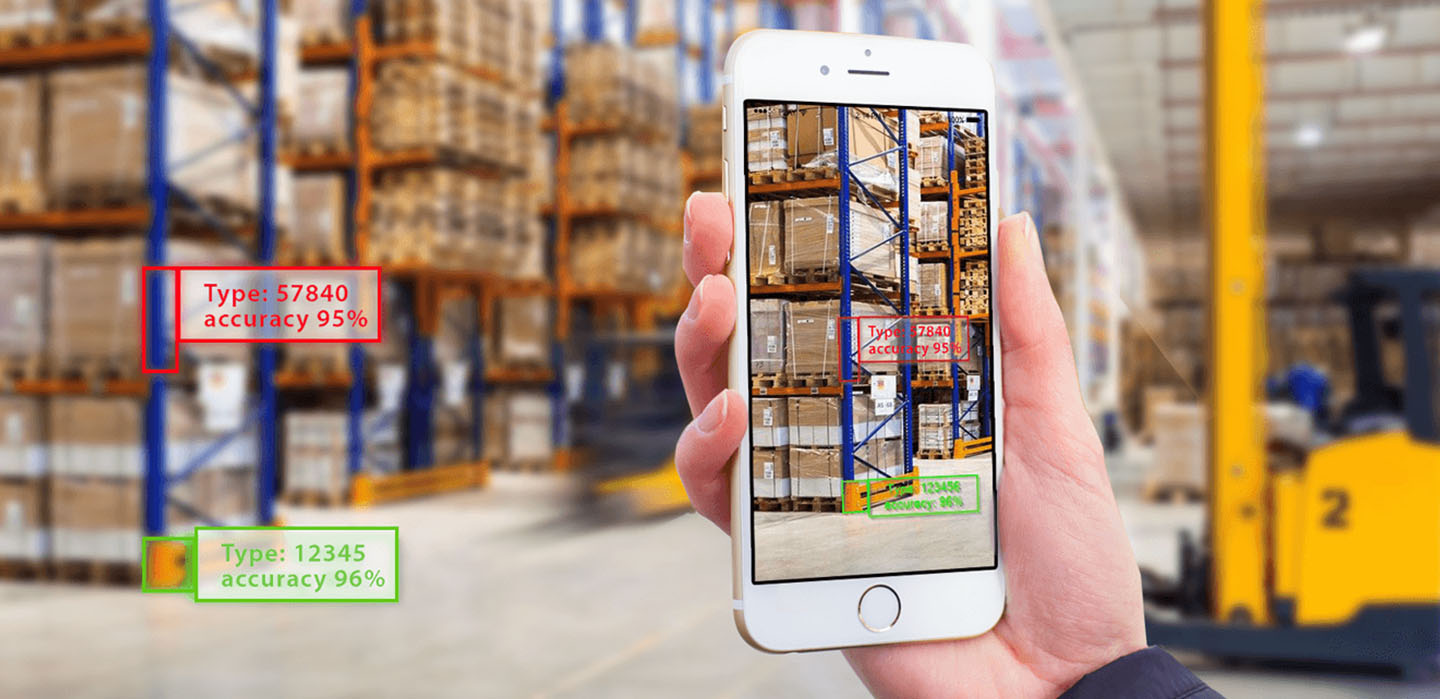
Logistics monitoring is a piece of cake by computer vision
Computer vision (CV) in logistics can promote the ability of manufacturers and managers to detect problems and optimize processes. The company owners can take advantage of artificial intelligence (AI) in logistics to enhance efficiency and effectiveness by accelerating manual processes as well as improving safety while significantly reducing operational costs.
-
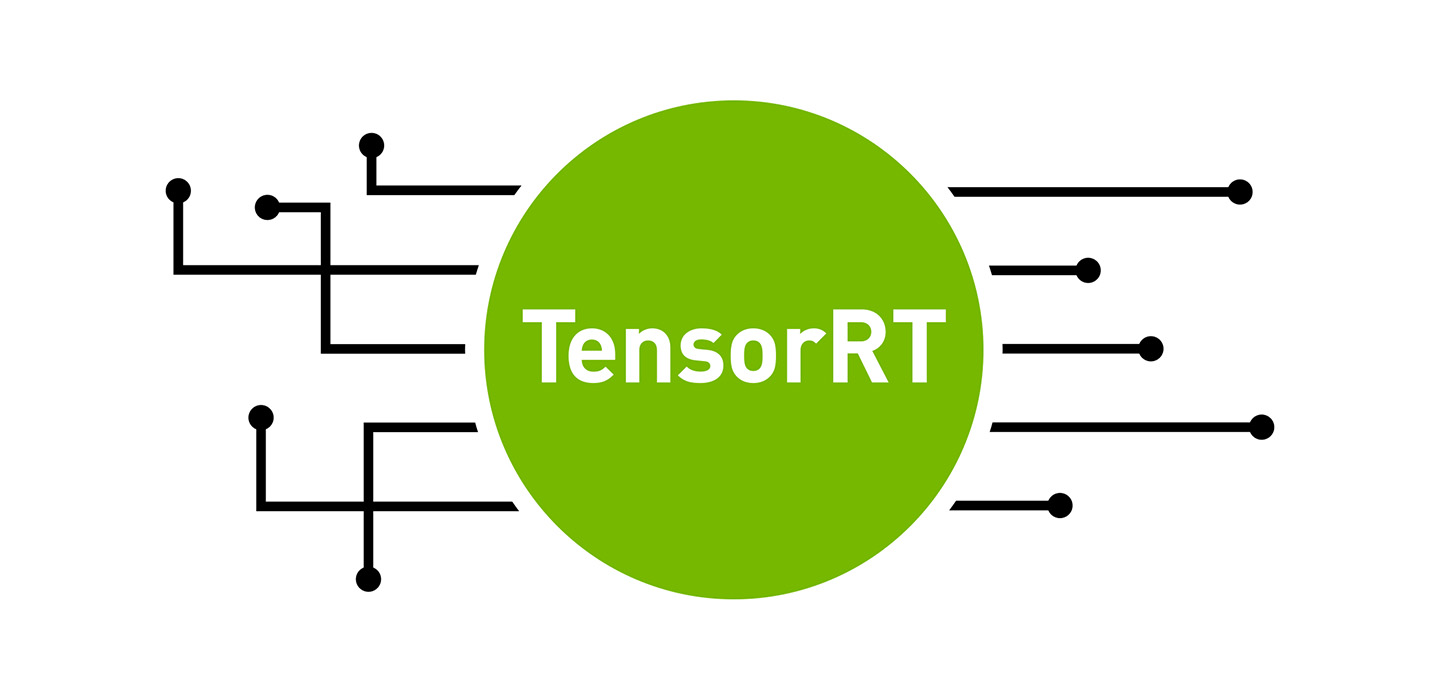
TensorRT
TensorRT is a library developed by NVIDIA for faster inference on NVIDIA graphics processing units (GPUs). It can improve inference time for many real-time services and embedded applications, 4-5 folds. The optimization TRT applies to deep learning models will be examined in this article.